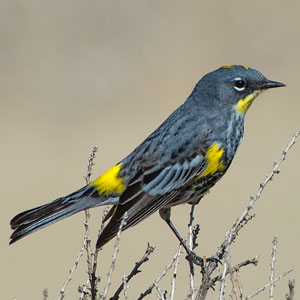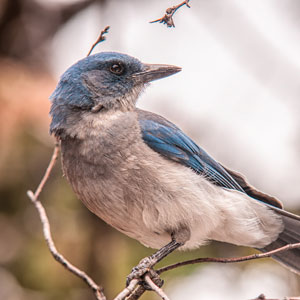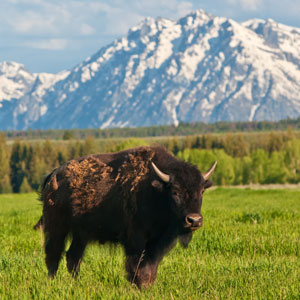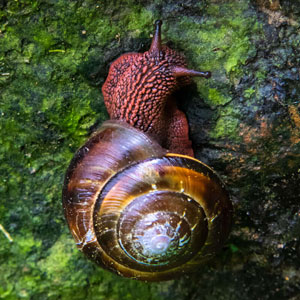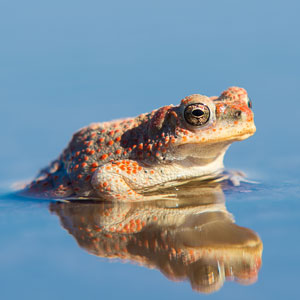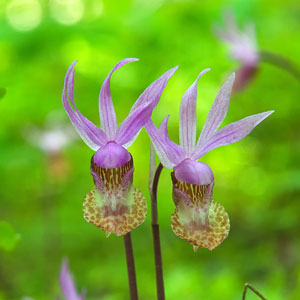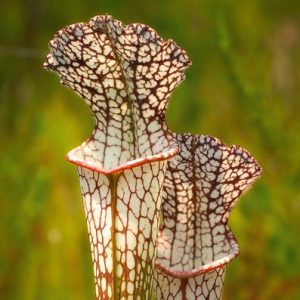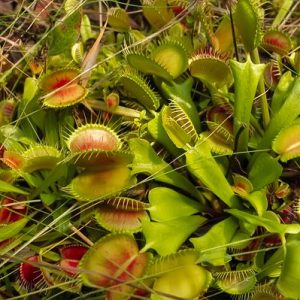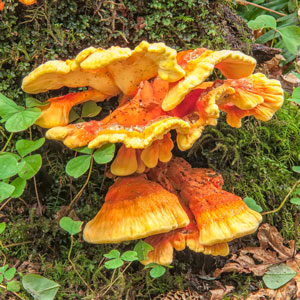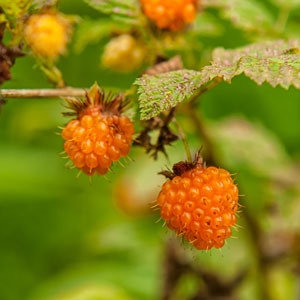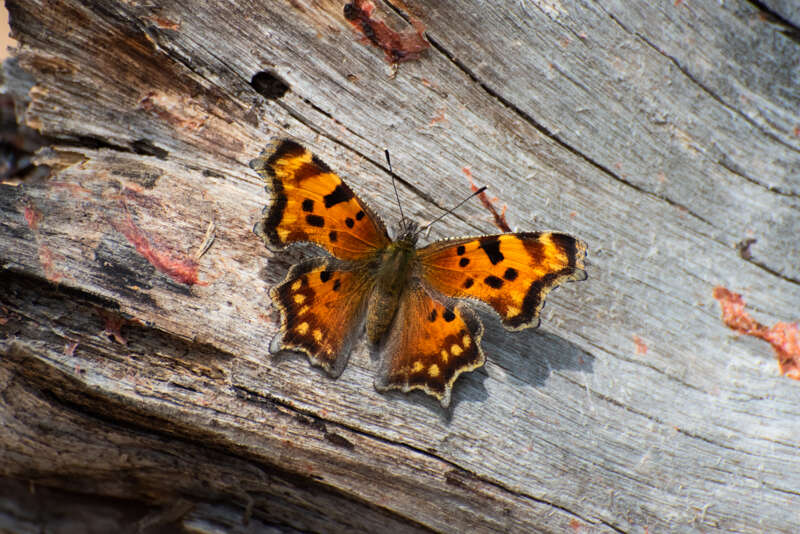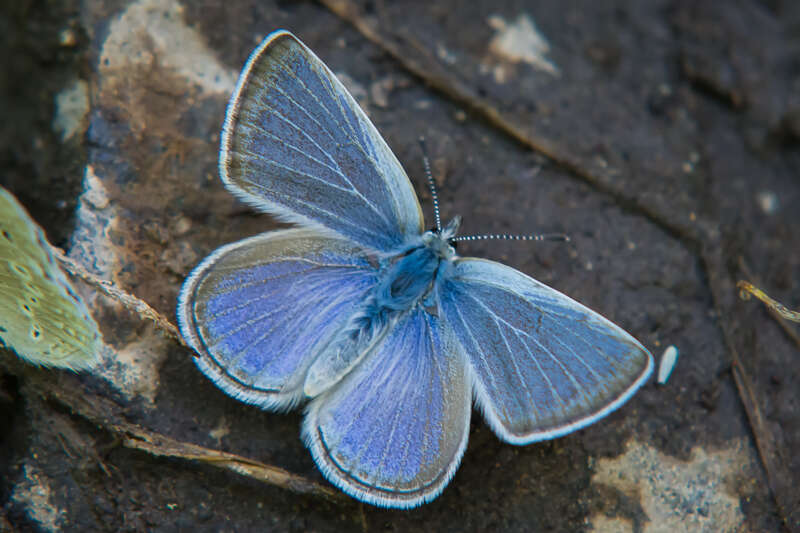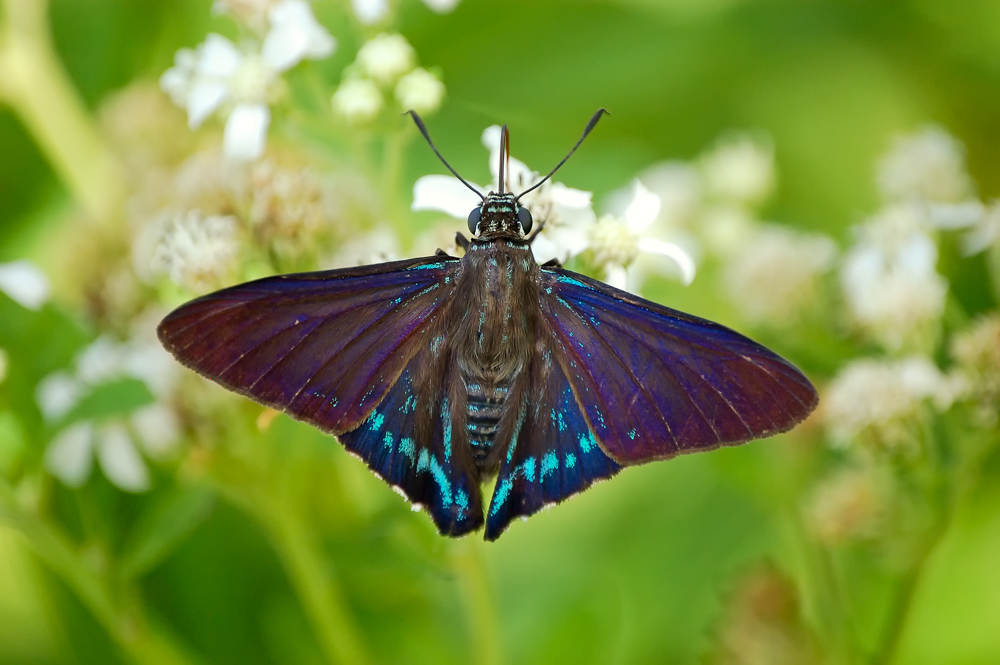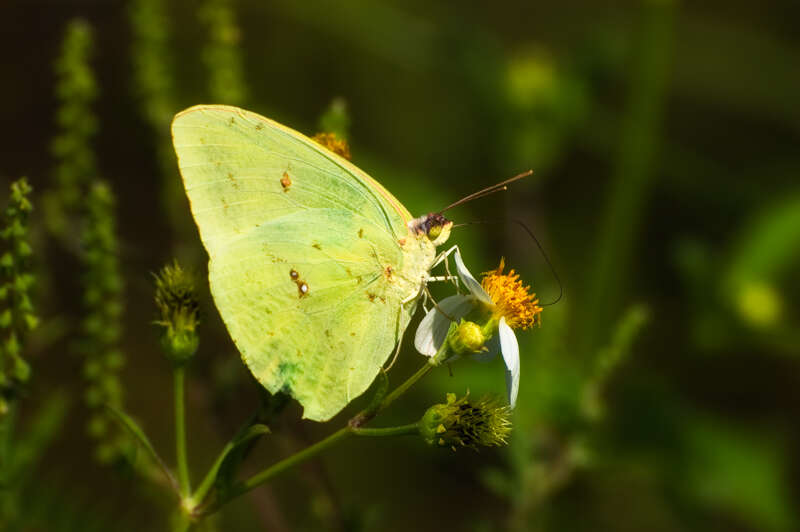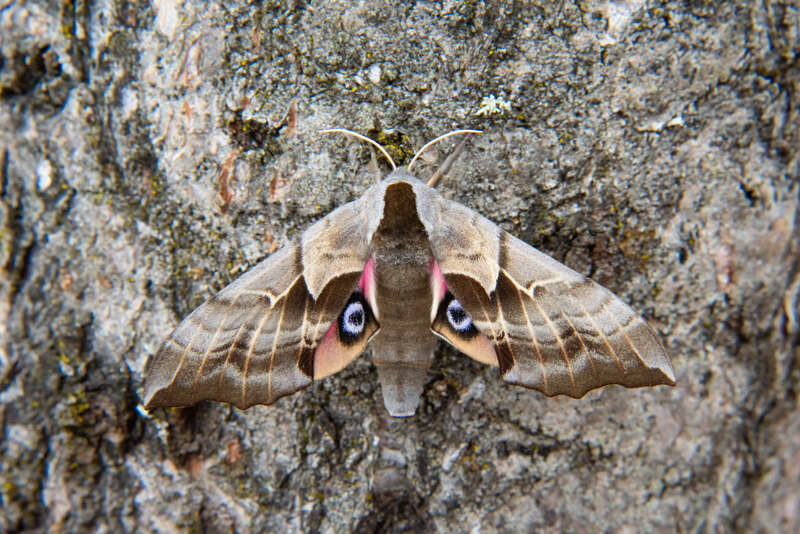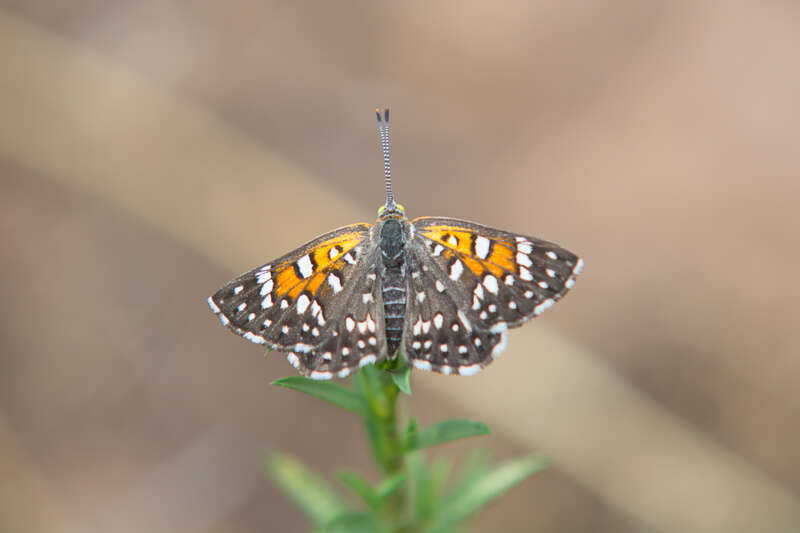Butterflies
North America is wildly rich in butterflies and moths. In the United States and Canada alone, there are roughly 750 species of butterflies and a whopping 11,000 species of moths! With careful and painstaking research, more new species are still being discovered all the time!
Brushfoots
The brushfoots (Nymphalidae) are the largest family of butterflies found around the world, and also one of the most recognizable. Members include the brightly-colored monarchs, admirals and fritillaries.
Gossamer Wings
This group of delicate, very beautiful and highly excitable tiny butterflies belong to the Lycaenidae family and has about 4700 – 5000+ species which are found all over the world and in many different types of habitat. This group is broken down into four groups: blues, hairstreaks, coppers and harvesters, and are collectively known as the gossamer-wings.
Swallowtails
Largest and showiest of the butterflies, the swallowtails (Papilionidae family) are unmistakable. Often with vividly bright colors, beautiful patterns and forked tails, they are usually seen frantically beating their wings while feeding on flower nectar, filtering minerals out of mud or animal excrement, and are found on every continent of the world except for Antarctica.
Skippers
Often confused for moths, these typically brown, often nondescript, fast-flying small butterflies (Hesperiidae family) are very common in open fields and sunlit meadows, especially in the summer and fall and are found across all of the tropics and subtropics around the world.
Sulphurs and Whites
Believed to be the origin of the word “butterfly”, these often buttery yellow and pale white members of the Pieridae family are found all around the world and are heavily concentrated in tropical Africa and Asia, with a strong New World representation in northern North America. Sulphurs are best associated with their host plants – Fabaceae (beans and peas) while the whites are often found in close proximity to their host plants in the crucifer family (wild mustards).
Moths
While not technically butterflies, they are so closely related that it would be unfair not to include them in the same collection of galleries. Unlike their butterfly cousins, moths are mostly nocturnal and have some anatomical differences, primarily in antenna design and function.
Metalmarks
Small to medium-sized, the metalmarks (Riodinidae family) are one of the least-recognized of the butterfly groups. The 1500+ species greatly vary in behavior and appearance, but all share the characteristic metallic spots on their wings. Time will tell if this classification gets broken up into new taxonomic families in the future.



